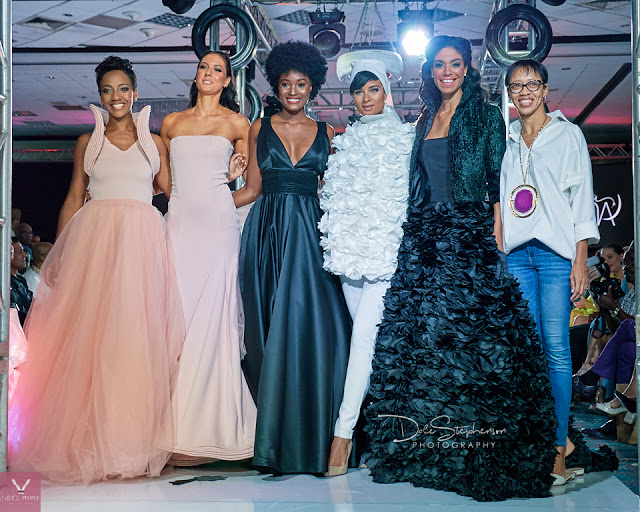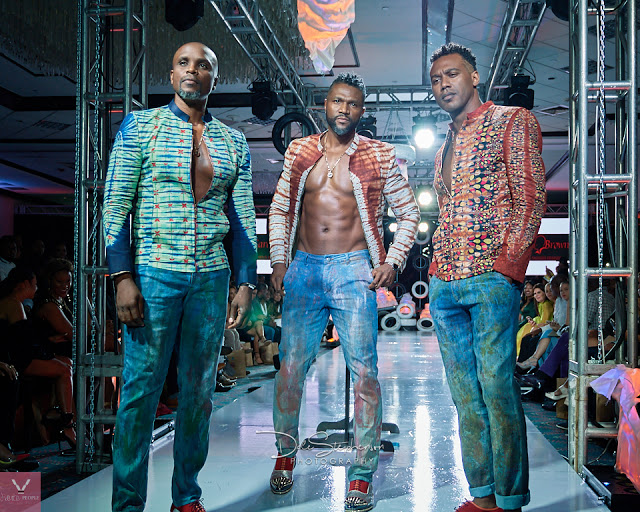We are currently in week 3 of our Fashion case study, where we look at the various ways how the COVID-19 Pandemic has affected the Fashion Industry both locally and internationally.
This week, we are taking things home to Jamaica to look at How COVID-19 Change the Jamaican Fashion Industry. If you are interested in learning more, keep reading!
About the Jamaican Fashion Industry
Fashion is a US$1.2 Trillion Dollar Industry where Jamaica stands out as the “Mecca of Caribbean Fashion”. According to the Jamaica Observer, in 2012 the Regional Fashion Industry brought in JMD$10 million dollars through Fashion shows like Caribbean Fashion Week and the exportation of craft souvenirs and other commodities. Since then, the industry has seen a steady growth and has seen a 5.5% increase each year since 2019 with more students being interested in this Industry and pursuing careers in this field.
The Key Players in the Jamaican Fashion Industry

We could not do a case study without making mention of the key players in the Jamaican Fashion Industry. These are Models, where Saint International Modelling Agency is the biggest exporter of talent in the Caribbean. We have seen Saint Models like Tami Williams who is deemed as Jamaica’s most successful model in more than 40 years gracing the runways of Calvin Klein and most recently is one of the commercial faces of Maybelline New York. Designers are next on the list with brands like drennaLUNA who have been invited by the Commonwealth Fashion Exchange (in London) to showcase their designs. Jamaican Fashion is vibrant, expressive, and fun, pretty much like the culture so the designs are always a show stopper and well sought after! On the heels of this are Stylists like Niko Kelly aka Bootleg Rockstar who has caught the eye of Vogue where he was featured on their online platform in 2020 and has styled International Latin Artiste Maluma in his recent Movie/Video featuring our very own Miss Universe 2017, Davina Bennett. Illustrators and brands that specialize in Art + Souvenirs like ASD and Those Creative People respectively are also key players in the Fashion Industry.
How COVID-19 Changed the Jamaican Fashion Industry
Since the start of COVID-19, the entertainment sector in Jamaica took a major hit that saw the cancellation of major events including Fashion Shows. The last events we went to in 2019 were Style Week and The Collection MoDA in May and November respectively. These events allow models, make-up artists, designers, hairstylists, photographers, and several others to offer their products and services both locally and internationally and that has not happened in almost 2 years!

Individuals who fall into this category have found ways to be creative to still showcase their goods and services in order to be relevant virtually. The Observer in 2020 introduced their webinar series that saw a virtual Fashion show where brands like Keneea Linton and Beeny Bud collaborated to showcase their products. This was followed by linking all the brands’ social media handles and links to their websites so viewers can make purchases. While this was an interesting take on ‘Fashion Shows and Shopping, the physical elements are still missing where people go out to shows and are able to interact with each other and touch and feel the garments.
In order for the Jamaican Fashion Industry to remain relevant and take on new life, is through collaborations with Designers, Brands, and Businesses and for these individuals to be creative themselves. Brands like Hanifa charted their own path in 2020 with her 3D Fashion show where the famous color block backless ribbed dress sold out in a matter of hours.
So Jamaica, I ask this question – Can the Jamaican Fashion Industry recover in a Pandemic? How have you been using Technology and other creative ways to allow your brand to remain relevant while still making a living.
#How COVID-19 Changed the Jamaican Fashion Industry
#How COVID-19 Changed the Jamaican Fashion Industry
#How COVID-19 Changed the Jamaican Fashion Industry